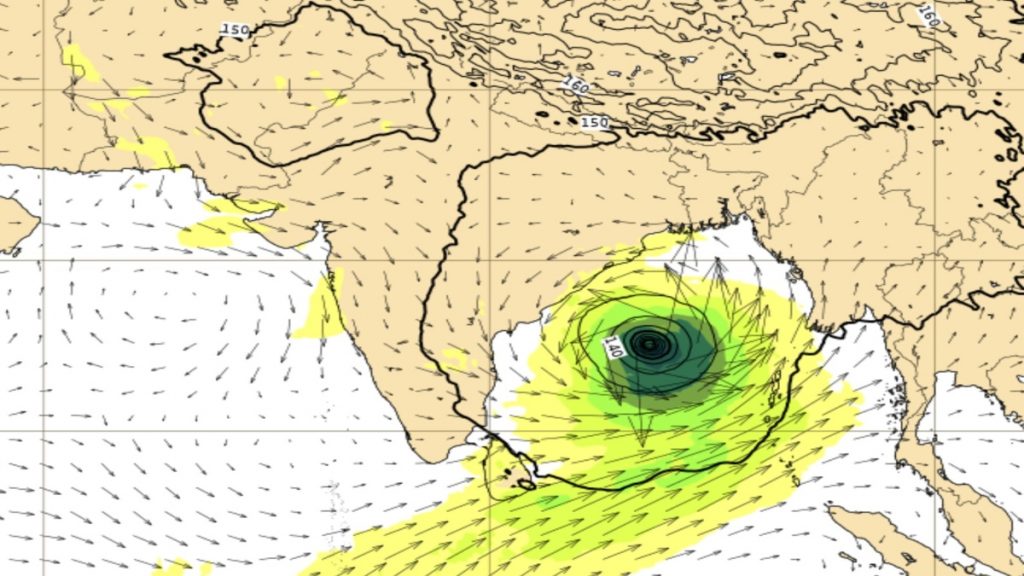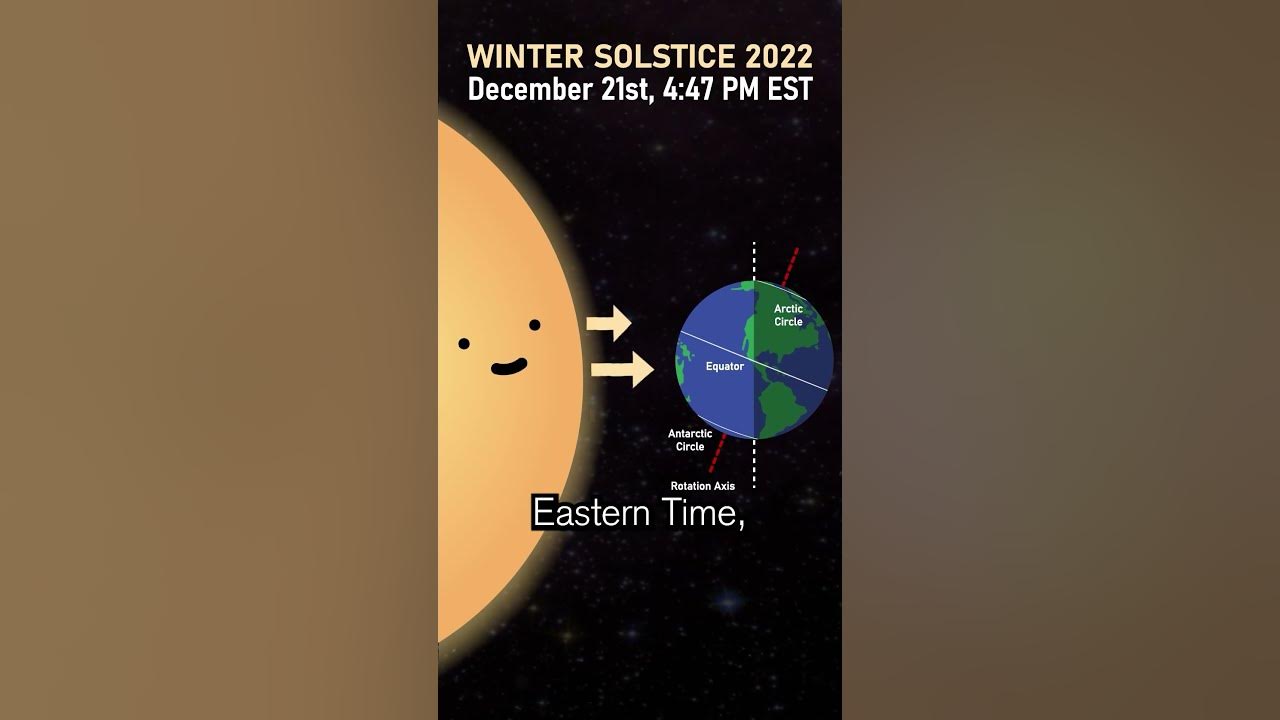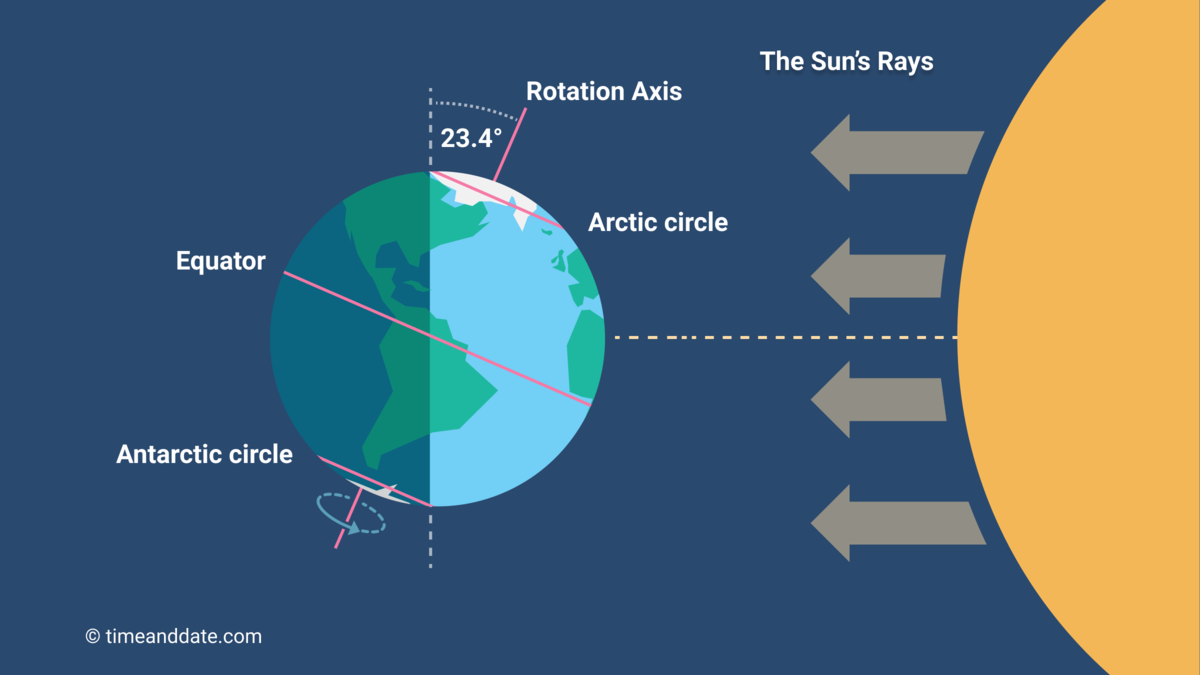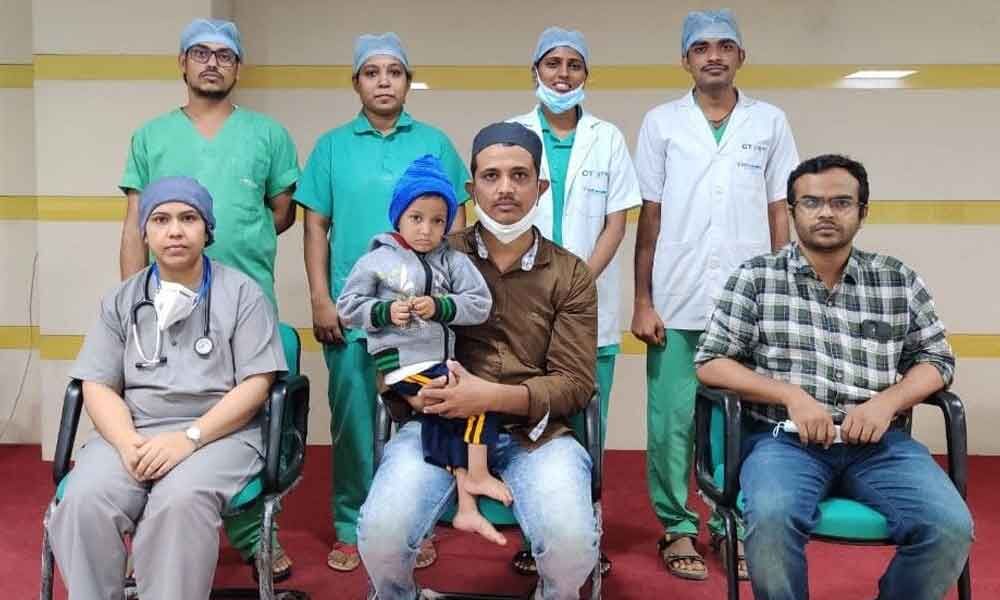


The India Meteorological Department (IMD) has reported possible developments in the weather patterns over the Bay of Bengal, including the formation of an upper air cyclonic circulation on November 5 and a potential low-pressure area by the end of the week. Several numerical models suggest the likelihood of a depression forming around November 7, adding complexity to the evolving weather situation. Environmental indicators also point towards favorable conditions for cyclonic activity in the region. Authorities in Tamil Nadu and other coastal states are advised to stay vigilant, given the recent impact of Cyclone Dana and the seasonal patterns in the area.
Cyclonic Activity in the Bay of Bengal: IMD Reports Potential Developments
Background
The Bay of Bengal is a marginal sea of the Indian Ocean, located between the Indian subcontinent to the west and Myanmar to the east. It is known for its frequent cyclonic activity, particularly during the monsoon season (June to September) and the post-monsoon period (October to December). Cyclones in the Bay of Bengal can cause significant damage and loss of life due to strong winds, heavy rainfall, and storm surges.
Recent Developments
The India Meteorological Department (IMD) has issued a report indicating possible developments in the weather patterns over the Bay of Bengal. According to the report:
Environmental indicators also suggest favorable conditions for cyclonic activity in the region. Authorities in Tamil Nadu and other coastal states have been advised to remain vigilant, especially considering the recent impact of Cyclone Dana.
Top 5 FAQs and Answers
1. What is a cyclone?
A cyclone is a large-scale, rotating storm system that forms over warm ocean waters. Cyclones are characterized by strong winds, heavy rainfall, and low atmospheric pressure at their center.
2. How do cyclones form?
Cyclones form when warm, moist air rises from the ocean surface and condenses to form clouds. As the clouds grow, they release heat energy, which fuels the storm system.
3. What is the difference between a cyclone, a depression, and a storm surge?
A depression is a low-pressure area with winds that are less than 63 kilometers per hour (39 miles per hour). When the winds in a depression reach or exceed 63 kilometers per hour, it is classified as a cyclone. A storm surge is a sudden rise in sea level caused by a cyclone.
4. What are the potential impacts of a cyclone?
Cyclones can cause a range of impacts, including:
5. What can be done to prepare for a cyclone?
There are several steps that can be taken to prepare for a cyclone, including:

A team of researchers has developed a groundbreaking algorithm to efficiently transform a given matrix by setting its rows and columns to zero in place. This new algorithm, which has been extensively tested and refined, has the potential to greatly improve the computational efficiency and speed of this common operation in the fields of mathematics and computer science. With this breakthrough, scientists and programmers will have a powerful tool to more effectively manipulate and analyze data in various applications.

Every year on December 22, National Mathematics Day is celebrated to honor the life and achievements of Srinivasa Ramanujan, one of the most influential mathematicians in history. Despite growing up in extreme poverty, his groundbreaking contributions to mathematics continue to inspire researchers today. This day not only celebrates his legacy but also recognizes India's rich history in mathematics and encourages students to explore the world of numbers.

A bone box with the inscription "James, son of Joseph, brother of Jesus" was recently put on display in Atlanta, Georgia. The box is believed to have once held the remains of James the Just, brother of Jesus, making it the oldest physical evidence of Jesus. Despite some controversy and accusations of forgery, the box has been declared authentic by experts.

As the winter solstice approaches on December 21st, the Northern Hemisphere will experience the shortest day and longest night of the year. This natural phenomenon has captivated people for centuries, with ancient traditions and festivals taking place around the world. Through science, we can understand why this occurs and how it affects different regions of the world differently.

Every year, the Northern Hemisphere experiences the arrival of winter on the winter solstice, which marks the shortest day and longest night due to the Earth's tilt on its axis. As the North Pole is furthest from the sun, it receives the least amount of sunlight, resulting in a gradual lengthening of days towards the arrival of spring. This year, the winter solstice falls on December 21 and will be celebrated by people worldwide in various ways to mark the significant celestial event.

In a miraculous surgery, doctors at Kurnool Government General Hospital successfully removed a one-foot stick from the stomach of a 12-year-old boy who had fallen from a tree and suffered an abdominal injury. The head of the Paediatrics Department, Dr Shiva Kumar, along with doctors from the orthopaedic and anaesthesia departments worked together to perform the three-hour long surgery. The patient, Irfan, is now able to walk on his own and is expected to make a full recovery in a month.

NASA has released stunning new images of two nearby star clusters that resemble a wreath and a Christmas tree. These clusters, known as NGC 602 and NGC 2264, are located in the Small Magellanic Cloud and are made up of young stars. The images were created by combining data from NASA's Chandra X-ray Observatory and James Webb Space Telescope. As we celebrate the winter solstice, take a moment to marvel at these cosmic Christmas decorations.

Vladimir Putin's announcement about the development of a cancer vaccine in Russia has stirred up a wave of hope among patients and experts alike, with its promised release for general use as early as 2025. As the world grapples with the devastating effects of cancer, the Russian vaccine, developed with the help of AI technology, could potentially revolutionize the way we understand and treat the disease. However, with other countries also racing to develop their own versions of cancer vaccines, the competition is stiff, and the details of Putin's claim are yet to be revealed. If successful, this could mean the end of the world's biggest killer.

Indian-American astronaut Sunita Williams and her colleague Barry Wilmore have been stuck at the International Space Station for six months due to a malfunctioning spacecraft. Their rescue mission has been further delayed as NASA announced a delay in the return flight on SpaceX's Crew-9 Dragon capsule. They are now expected to spend close to ten months in space, raising concerns about their health as astronauts require twice as many calories in space due to changes in their metabolism. NASA's Commercial Crew Programme Manager has commended the SpaceX team for their efforts in preparing a new spacecraft for the mission.

Russian scientists have developed a vaccine that may be able to treat cancer, offering hope to patients who previously had no guaranteed cure. The vaccine is currently in testing and is expected to be available in early 2025. While there is still more testing to be done, pre-clinical trials have shown promising results in slowing the growth and spread of cancer. It will be available for free in Russia, but there is no information yet on which types of cancer it will treat or what the name of the vaccine will be. Similar treatments are also being developed in other countries, such as the UK.